31 Oct How to Successfully Hold Five Public Meetings in Five Days
Our environmental team recently supported public meetings for the Gulf of Alaska Navy Training Activities Draft Supplemental Environmental Impact Statement/Overseas Environmental Impact Statement (EIS/OEIS). Five meetings were held in five days in five cities (Kodiak, Anchorage, Homer, Juneau and Cordova), all of which required one or two flights to reach each destination. Driving from city to city is difficult enough when you are responsible for multiple boxes of meeting supplies, but travelling every day on an airplane adds a whole new obstacle to overcome; I’m still recovering!
Below are some solutions and tips to guarantee success at your next public meeting, no matter the challenge:
- Know your Time Constraints for Travel: Each public meeting venue has specific times that the team can arrive for set-up, and the public meetings are scheduled and advertised for certain times as well. When scheduling flights, answer these questions first to ensure that team members arrive on time and account for the unexpected:
-
- Will I arrive with enough time to drive to the venue? Luckily, the meetings in Alaska were all short drives, but for other meetings, you will want to build in a cushion to account for traffic delays. Don’t forget about time needed while you wait for your luggage and the long line at the car rental counter!
- Is there enough time between when the flight lands and arriving at the venue to account for potential weather or other delays? In certain places like Alaska, weather is an on-going, significant issue, and in my experience, there was a trend for delayed or cancelled flights. When meetings are in the evening, consider scheduling flights to arrive at the destination city in the early morning which leaves a few hours of cushion before each meeting. If morning arrivals are not available, consider scheduling a flight the evening before, even if that means flying only the first leg of a two leg flight and flying the final leg the next day.
- Will all teammates be on the same flight? When the meeting is advertised, the show must go on. There are pros and cons to having the team travel together (pro: everyone knows where to go, where to be and when; con: if the team cannot arrive on time, no one is available to lead the meeting). Work with your client to understand the desired outcome, and if necessary, inform the team with a clear travel itinerary for required flights.
- Pack Supplies Efficiently: When traveling by car, you can often pack extra supplies in case you need more of a certain item, something breaks, etc. When traveling to Alaska, we considered the size of the airplane to each city and significantly minimize the supplies we traveled with, while still providing the necessities. Go through your supply check list multiple times to determine if an item is an “absolute must,” a “would be nice” or a “not needed.” Identify supply stores in each city in case extra items are needed or a “not needed” item suddenly becomes an “absolute must.”
- Remember Airline Restrictions: Since airlines have restrictions on the number of checked luggage, before each flight identify how many team members need to check meeting supply boxes with their own luggage. By doing so, you’ll minimize the potential for extra luggage fees.
- Have all Logistics Information Easily Accessible: When you are conducting multiple meetings in multiple locations, you ultimately are dealing with multiple vendors: venues, rental cars, hotels, court reporter, equipment rental, etc. Having confirmation numbers and emails, receipts and credit card information readily available will help minimize stress if, and when, something does not go according to plan.
- Don’t be Afraid to Ask for Details and Send Reminder Emails: When coordinating meetings at non-local venues, you cannot swing by the venue to ensure the space and equipment are adequate. You must solely rely on information received from your point of contact and the Internet. Don’t be afraid to ask detailed questions on room dimensions, equipment types and specifics, and if pictures are available to email. Additionally, don’t forget to send reminder emails with your meeting needs, confirming times and day-of details.
- Identify Office Backup: Conducting public meetings means you’re out of the office, and spending hours at airports and on airplanes makes dealing with any issues or requests from the office difficult. Always identify at least one person in your office who can assist with the project and deal with immediate requests while your phone and Internet access is limited.
I hope that these tips help you to embrace the challenge of an intense public meeting schedule, and reassure you that it can be achieved efficiently and seamlessly with enough organization and preparation.
